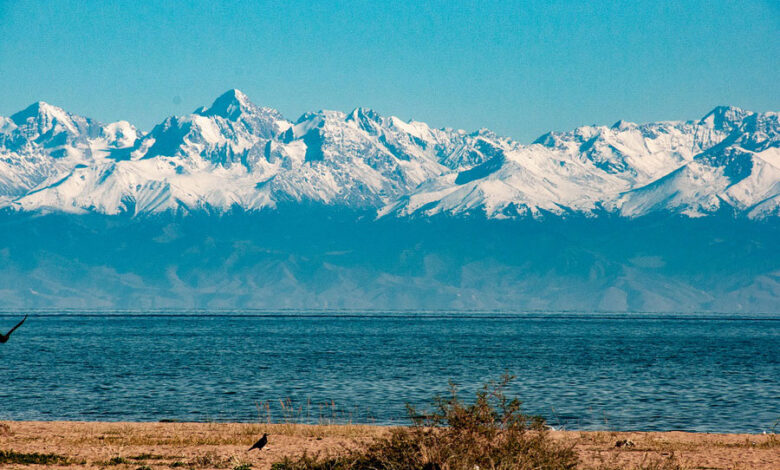
According to officials from the Ministry of Natural Resources, Ecology, and Technical Supervision, the water has receded by 95 cm between 2011 and 2021, followed by an additional 70 cm decline in the past year alone.
Experts attribute this decline primarily to a reduction in river flow, a phenomenon observed not only at Issyk-Kul but also across Kyrgyzstan, where smaller rivers are drying up. Climate change exacerbates this trend, characterized by increased dry periods, diminished precipitation, and heightened water evaporation.
Anthropogenic factors also contribute to the shallowing of the lake, particularly during summer when water diversion for agricultural purposes further depletes water resources.
The implications of this trend are concerning, as without intervention, Issyk-Kul risks facing environmental degradation akin to the fate of the Aral Sea.



